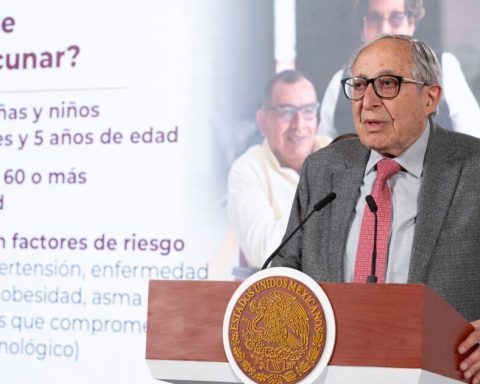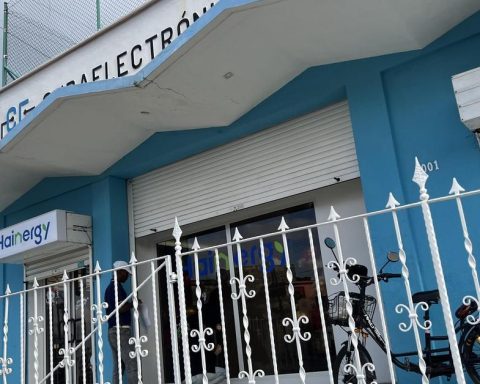Second, the defeat of the CTM was presented by the union of the dissidence. Motivated by the poor conditions, the dissidence was concentrated in the National Independent Union of Workers of the Automotive Industry (SINTTIA) with only four more forms in the race. At Pemex, on the other hand, there were 25 payrolls.
At the head of SINTTIA was an unusual and fresh profile. The leader María Morales is a young worker in the bodywork area of GM since 2011, with no history of union activity. She obtained 17 times more votes than the CTM union. As part of her formula, Claudia Juárez, organization secretary, accompanied her.
Third, unlike Pemex, GM is an international company subject to the new USMEX labor clauses. As such, international labor surveillance has created space for closely watched elections.
Not only that, GM, unlike Pemex, is a company where the workforce has not been artificially increased by the union in collusion with the political parties to win votes. GM is a company that values productivity and therefore has only the necessary workers. Thus, at GM the workers do not owe the creation of their jobs to the union, but to the company itself. At Pemex, the workers are loyal to the charros because they feel that they do owe them their jobs. Also, union corruption at GM is much lower than at Pemex.
















